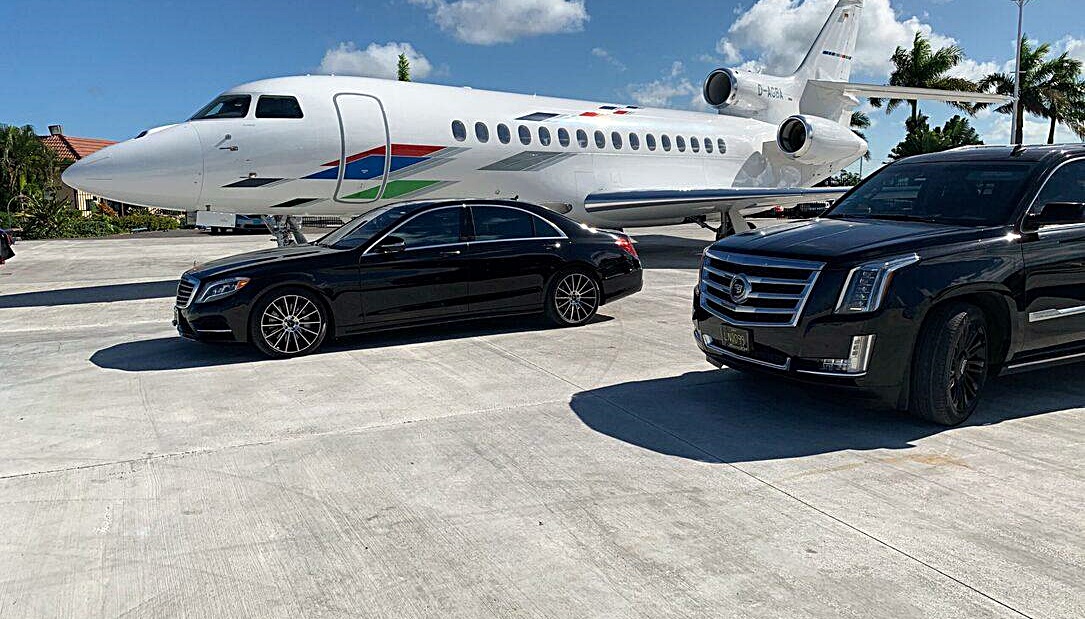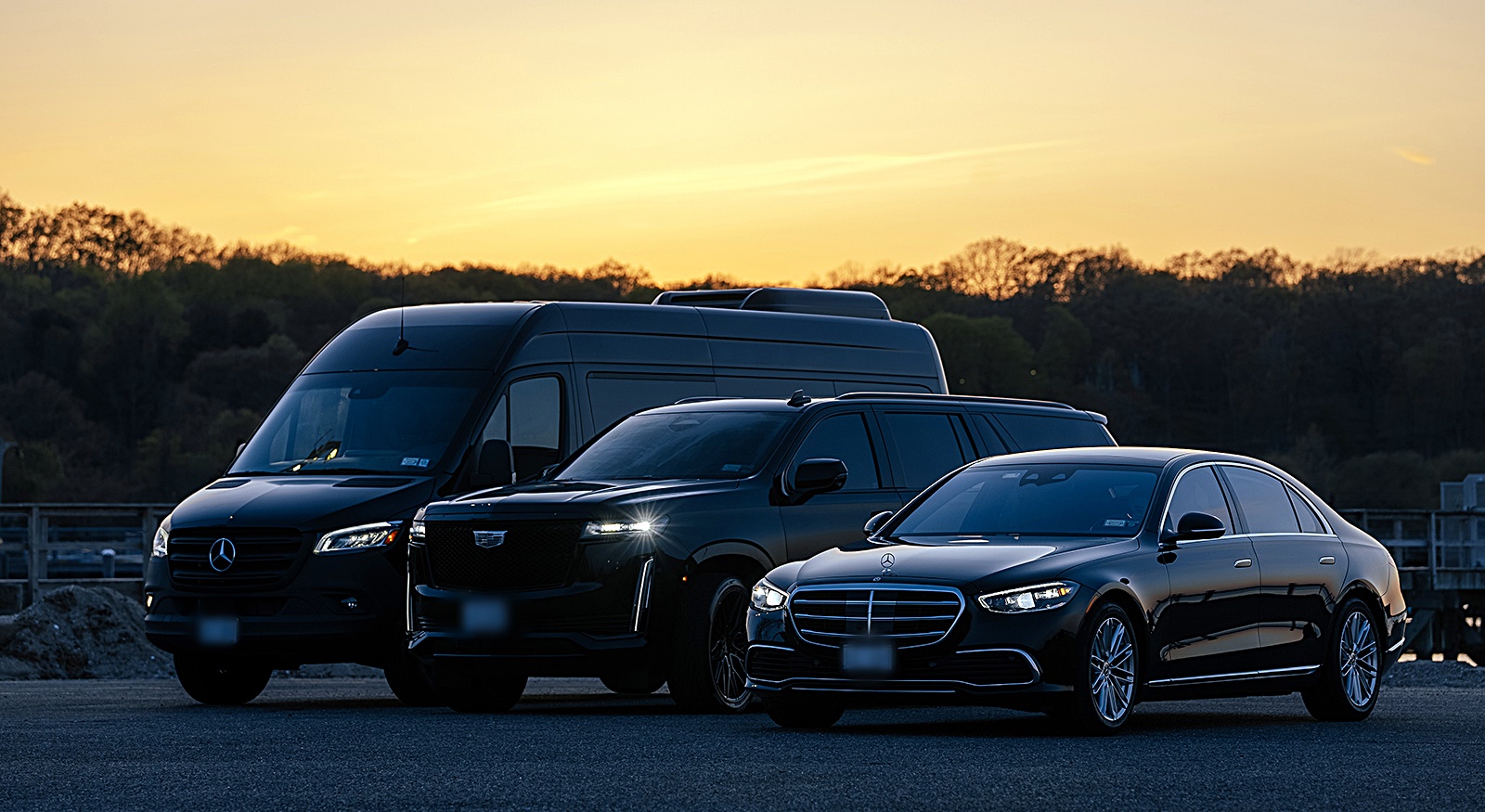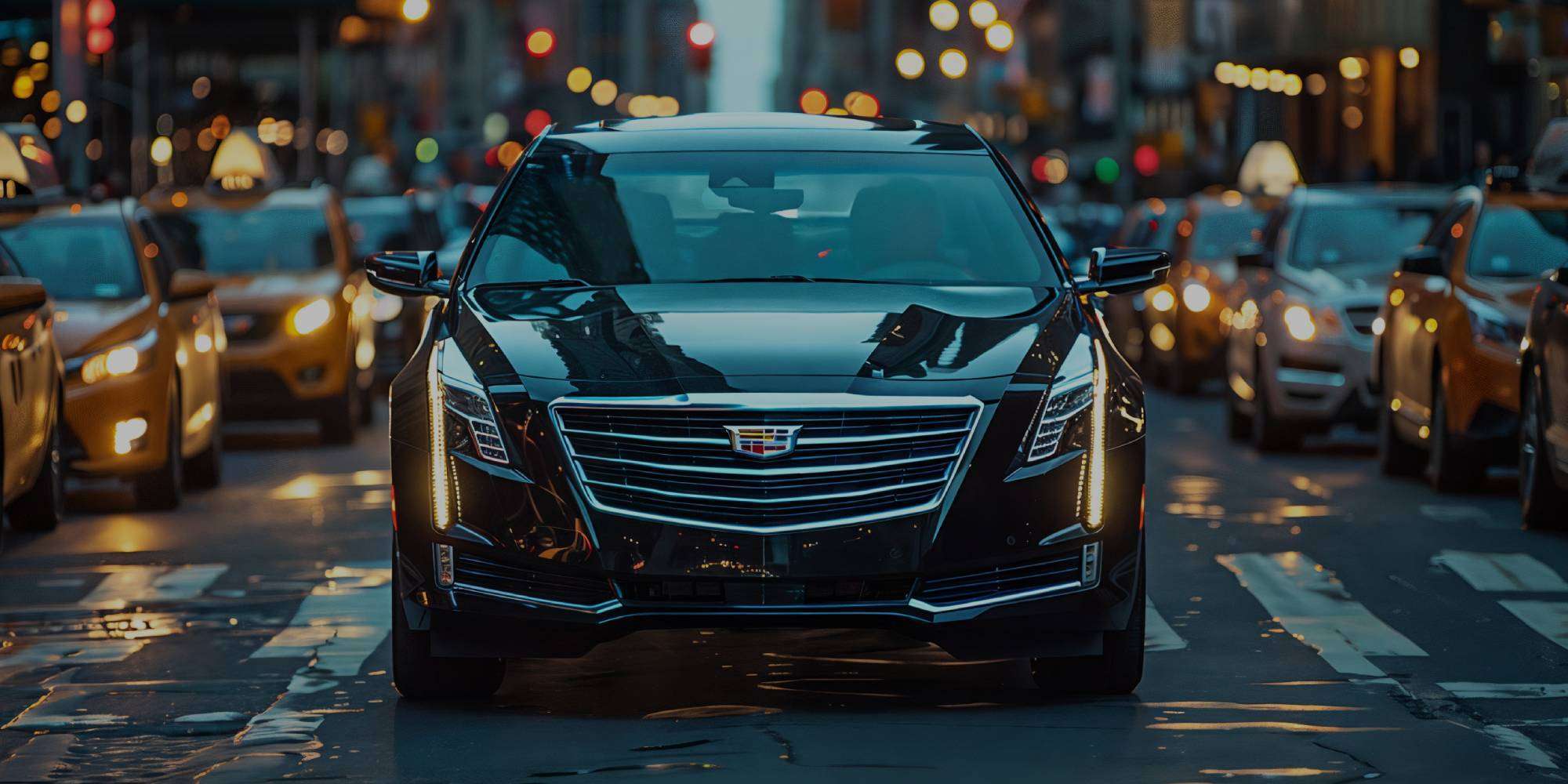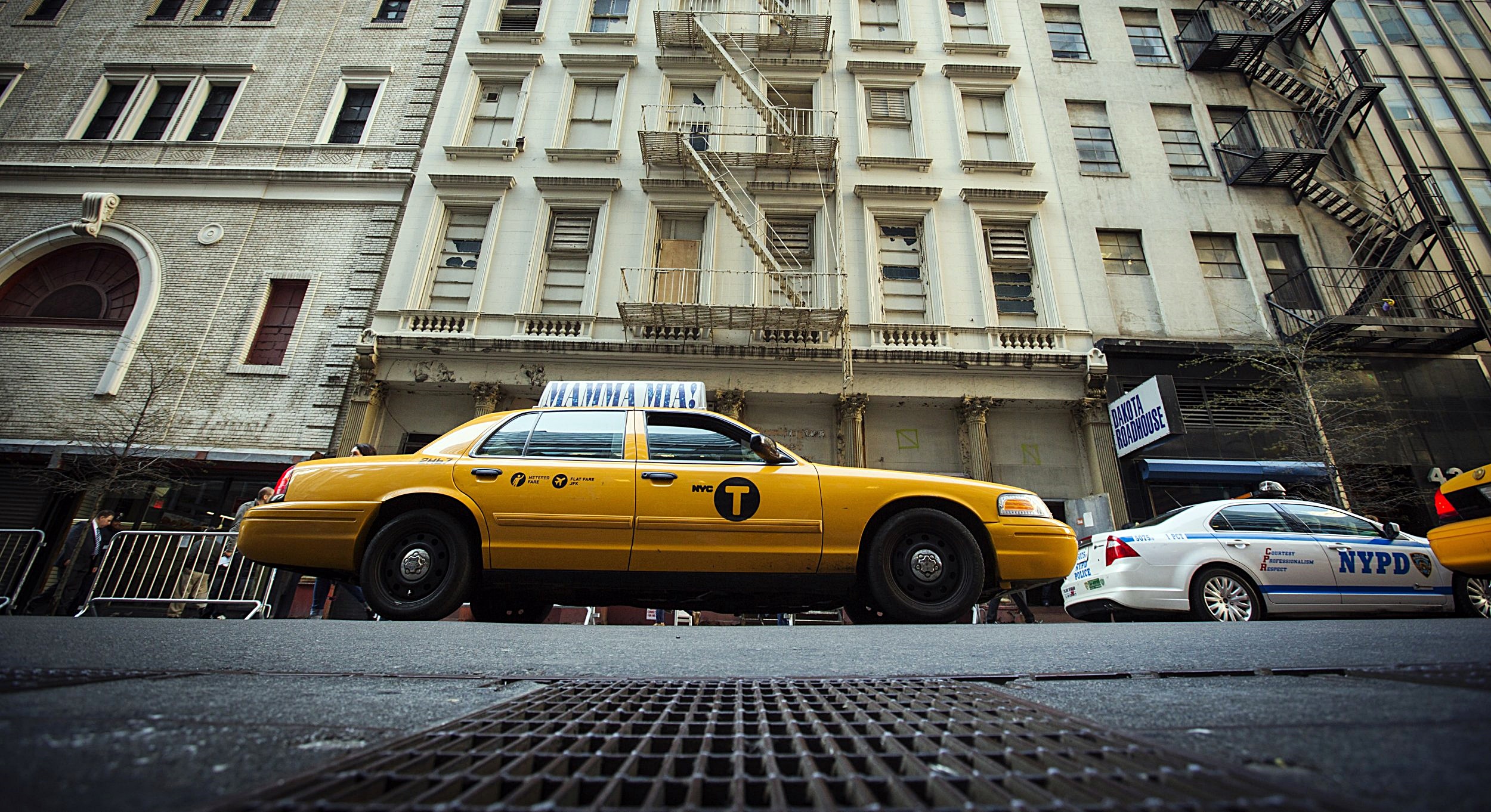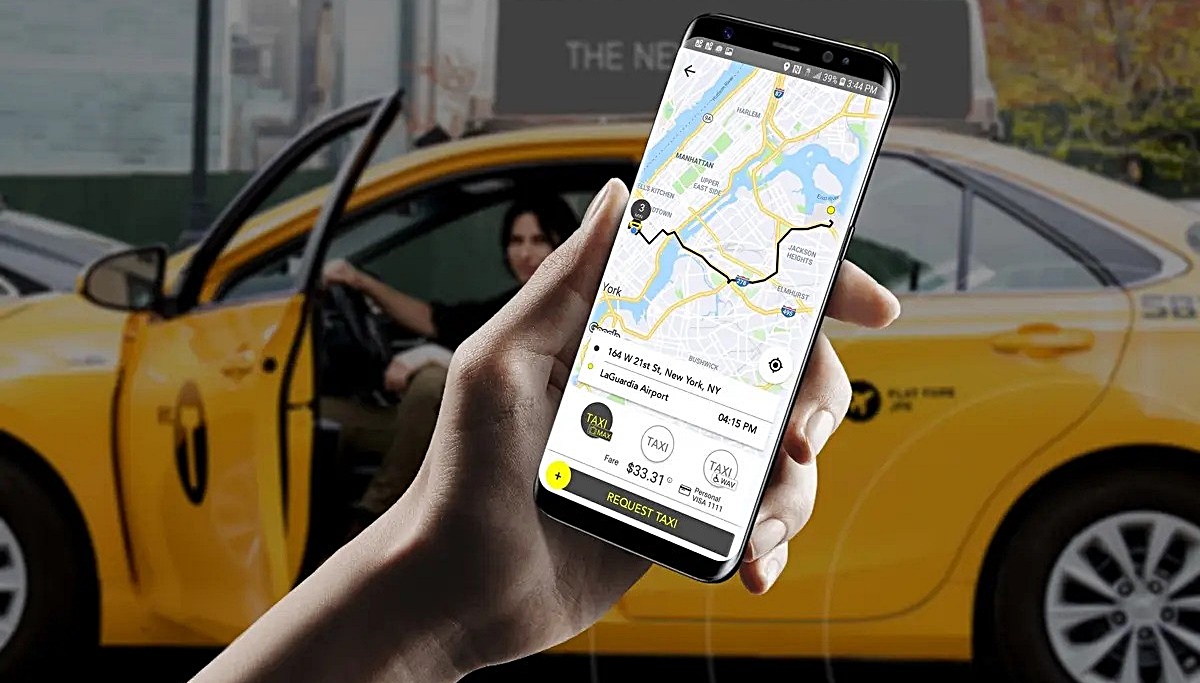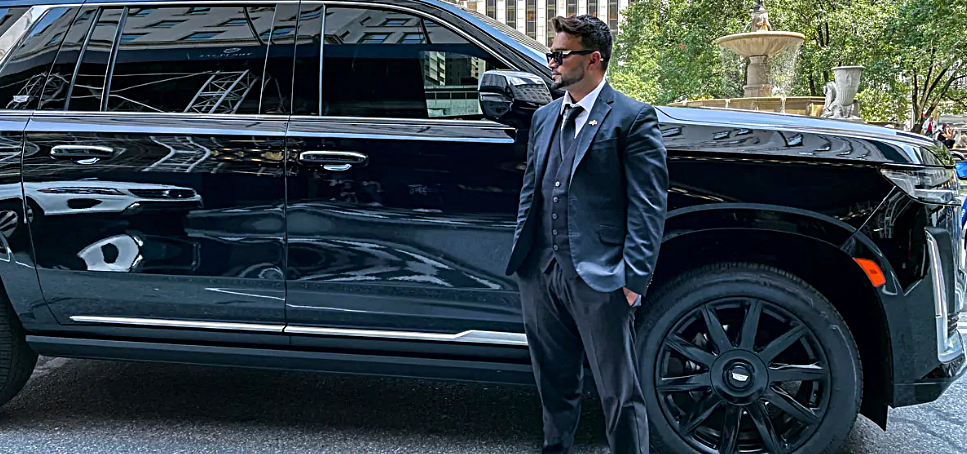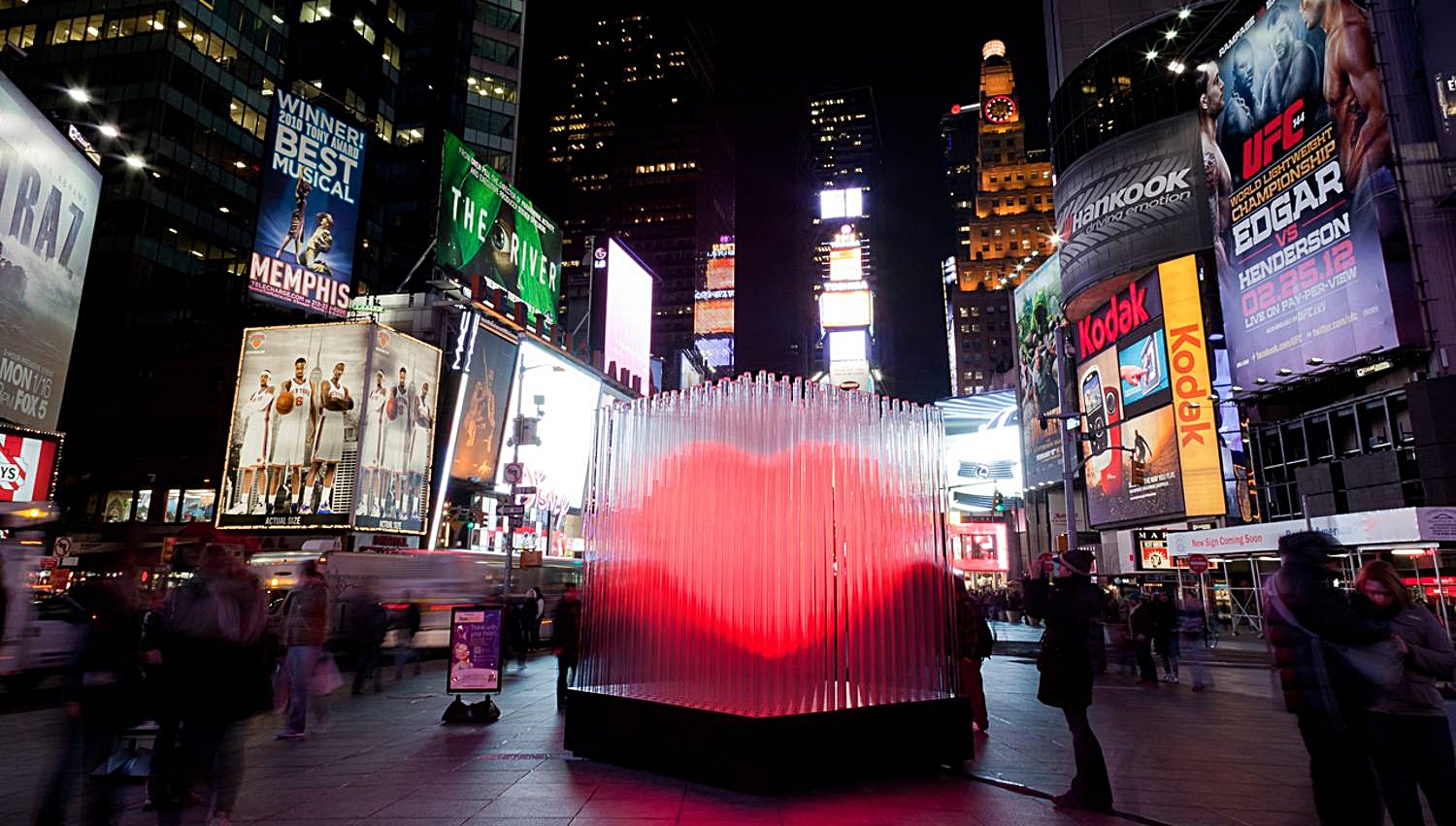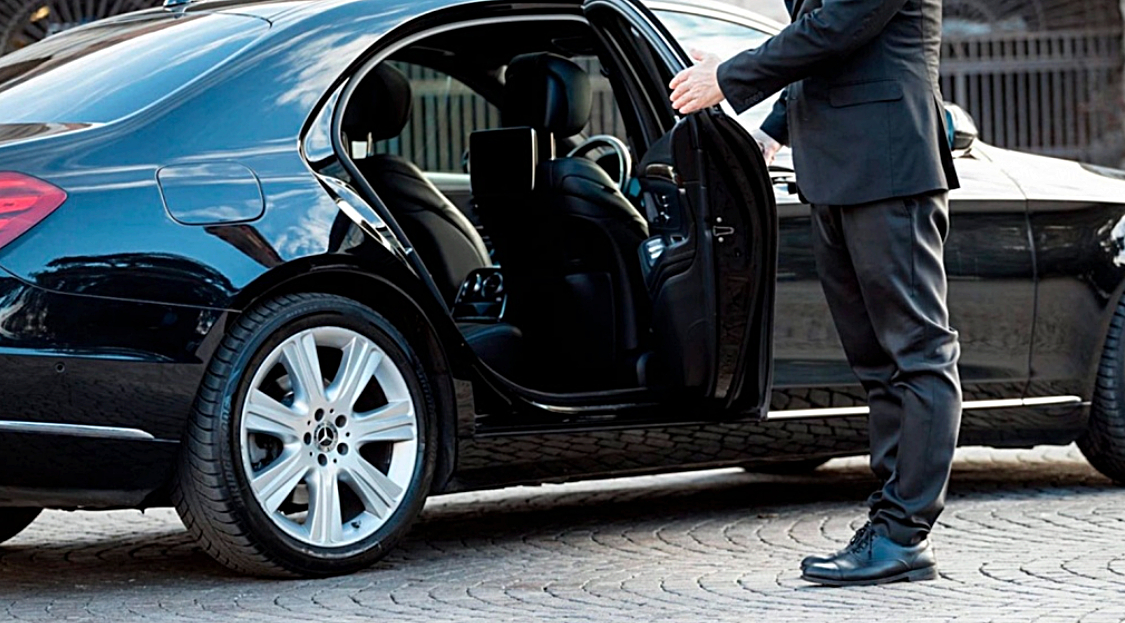Traveling from Philadelphia to John F. Kennedy International Airport (JFK) in New York City can be a seamless and luxurious experience with the right transportation choice. Opting for a JFK airport limousine service not only ensures comfort and reliability but also adds a touch of elegance to your journey. In this comprehensive guide, we’ll explore the costs associated with hiring a limo for this route, delve into the advantages of choosing Limo Service in NYC over other transportation modes, and provide detailed information about the counties you’ll traverse en route from Philadelphia to New York City.
Cost of a Limo from Philadelphia to JFK Airport
The cost of hiring a limousine from Philadelphia to JFK Airport varies based on the service provider, vehicle type, and additional amenities. On average, prices range from $275 to $395. For instance, a breakdown of rates from various limo services is as follows:
Our Fleet Pricing
- Economic Sedan: $275 – Best for solo travelers or couples.
- Luxury Sedan: $310 – Offers enhanced comfort and amenities.
- SUV: $395 – Ideal for small groups or travelers with extra luggage.
- Stretch Limousine: $495 – Perfect for special occasions, accommodating up to 8 passengers.
- Mercedes-Benz Sprinter Van: $695 – Suitable for larger groups, providing both comfort and spaciousness.
- Mini Coach Bus: $895 – Best for corporate travel or large groups requiring ample space.
These rates are subject to change, and it’s advisable to contact the service provider directly for the most up-to-date pricing.
Why Choose Limo Service in NYC Over Other Modes of Transportation?
Selecting Limo Service in NYC for your journey from Philadelphia to JFK Airport offers numerous advantages over alternative transportation options:
1. Comfort and Luxury
Limousines provide spacious interiors, plush seating, and a serene environment, ensuring a relaxing journey.
2. Professional Chauffeurs
Experienced drivers prioritize your safety and punctuality, navigating the best routes to avoid traffic delays.
3. Convenience
Enjoy door-to-door service without the hassle of parking or transferring between different modes of transport.
4. Reliability
Limousine services operate on your schedule, ensuring timely arrivals and departures.
5. Privacy
The secluded environment of a limo allows for private conversations or relaxation without external disturbances.
Why is the Best Chauffeur Service the Optimal Choice?
Opting for a top-tier chauffeur service enhances your travel experience in several ways:
- Expert Navigation: Professional chauffeurs possess extensive knowledge of the routes between Philadelphia and JFK Airport, ensuring efficient travel.
- Personalized Service: Chauffeurs cater to your specific needs, whether it’s adjusting the temperature, selecting preferred routes, or accommodating special requests.
- Safety: Trained in defensive driving, chauffeurs prioritize your safety throughout the journey.
Alternative Transportation Options: Taxi, Ride-Sharing Apps, and Black Car Rentals
While limousine services offer unparalleled luxury, other transportation modes are available:
Taxi Services
- Typically metered, with costs varying based on traffic and distance.
- Long-distance travel like from Philadelphia to JFK can be quite expensive.
Ride-Sharing Apps
- Services like Uber or Lyft offer various vehicle options.
- Prices fluctuate based on demand, and comfort levels may vary.
Black Car Rentals
- Provide high-end vehicles with professional drivers.
- Rates are often comparable to limousine services, but it’s essential to verify inclusions and additional fees.
Route Details from Philadelphia to JFK Airport
The journey from Philadelphia to JFK Airport covers approximately 110 miles and typically takes around 1 hour and 45 minutes, depending on traffic conditions. The primary route involves:
- Interstate 95 (I-95) North: Travel from Philadelphia towards New York City.
- Interstate 678 (I-678) South: Also known as the Van Wyck Expressway, leading directly to JFK Airport.
It’s advisable to account for potential traffic delays, especially during peak hours, and plan accordingly.
Counties Traversed from Philadelphia to New York City
During your journey from Philadelphia to JFK Airport, you’ll pass through several counties:
- Philadelphia County, PA: Starting point of your journey.
- Bucks County, PA: Located northeast of Philadelphia.
- Mercer County, NJ: Home to the state capital, Trenton.
- Middlesex County, NJ: A central New Jersey county.
- Union County, NJ: Located in the northern part of the state.
- Essex County, NJ: Includes the city of Newark.
- Hudson County, NJ: Borders the Hudson River.
- Kings County (Brooklyn), NY: One of the five boroughs of New York City.
- Queens County, NY: Location of JFK Airport.
Our Fleet Options with Limo Service in NYC
Limo Service in NYC offers a diverse fleet to cater to various preferences and group sizes:
- Sedans: Ideal for individual travelers or couples seeking a comfortable ride.
- SUVs: Suitable for families or small groups requiring extra space.
- Stretch Limousines: Perfect for special occasions or larger groups desiring luxury.
- Luxury Vans: Accommodate larger parties with ample space and amenities.
Pricing and Scheduling
Pricing varies based on vehicle selection, time of booking, and specific requirements. It’s recommended to contact Limo Service in NYC directly to obtain a tailored quote and confirm availability.
Service Areas
Limo Service in NYC proudly serves various counties along the route from Philadelphia to JFK Airport, including:
- Philadelphia County, PA
- Bucks County, PA
- Mercer County, NJ
- Middlesex County, NJ
- Union County, NJ
- Essex County, NJ
- Hudson County, NJ
- Kings County, NY
- Queens County, NY
Conclusion
Choosing a limousine for your journey from Philadelphia to JFK Airport is a decision that combines luxury, comfort, and efficiency. With Limo Service in NYC, you can expect top-tier service, professional chauffeurs, and a stress-free travel experience. Whether you’re traveling for business, leisure, or a special event, a limo service ensures that your journey is smooth and enjoyable. Book your ride today and experience the highest level of transportation excellence!
By choosing Limo Service in NYC, travelers can experience luxury, comfort, and reliability when commuting between Philadelphia and JFK Airport.
Frequently Asked Questions
How long does it take to travel from Philadelphia to JFK Airport by limo?
The journey typically takes about 1 hour and 45 minutes, depending on traffic conditions.
What is the cost of a limousine from Philadelphia to JFK Airport?
The cost varies between $275 and $395, depending on the vehicle type and amenities.
Is a limousine more comfortable than other transportation options?
Yes, limousines offer spacious interiors, professional chauffeurs, and enhanced privacy.
Can I book a limo service in advance?
Yes, it is recommended to book in advance to ensure availability.
Are there additional charges for luggage?
Most services include standard luggage handling, but oversized baggage may incur additional fees.
Do limousines have Wi-Fi and charging ports?
Many luxury limousines offer Wi-Fi and charging facilities; confirm with the provider.
Can I cancel or reschedule my limo booking?
Cancellation and rescheduling policies vary by provider; check terms before booking.
Are pets allowed in limousines?
Some services allow pets, but it’s best to confirm with the provider.
What is the best time to book a limo for JFK Airport?
Book at least 24 hours in advance for the best rates and availability.
How do I ensure a safe and reliable limo service?
Choose a reputable provider like “Limo Service in NYC,” known for professional chauffeurs and well-maintained vehicles.




